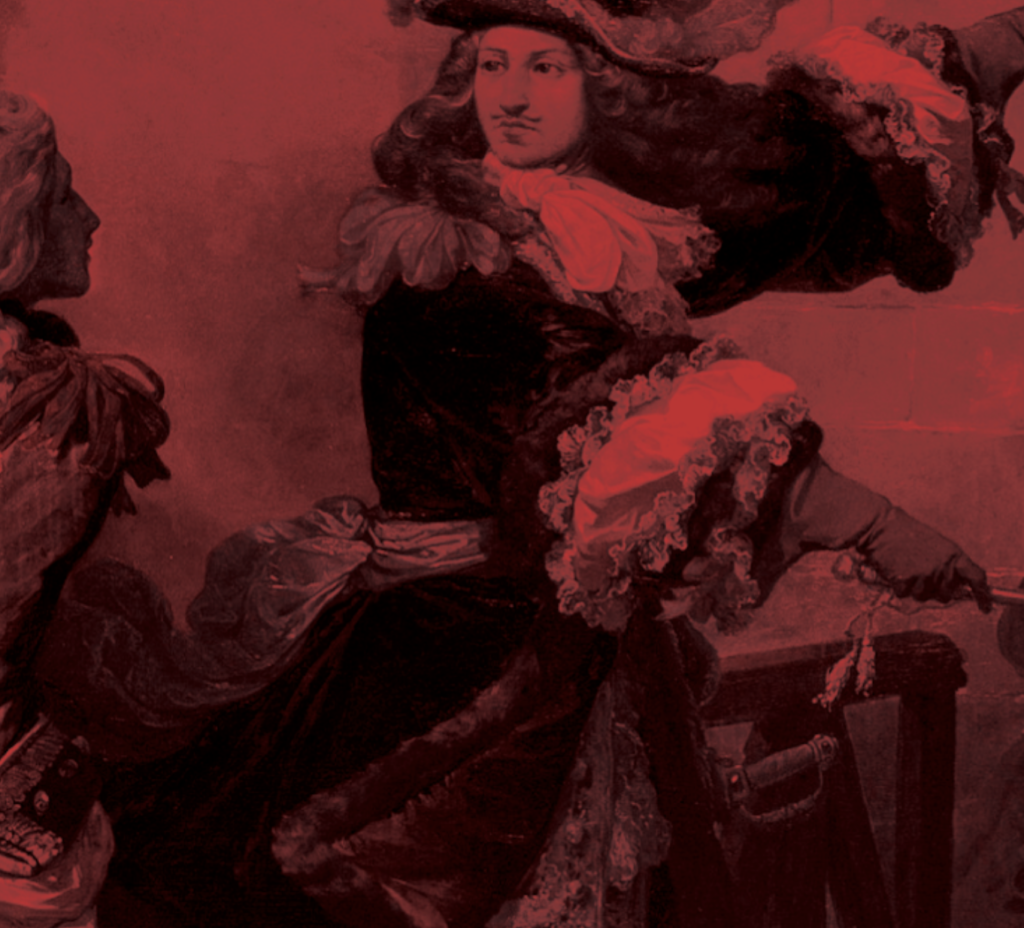Originally, the King’s Musketeers were just one corps of the royal guard, tasked with the King’s close protection, though on a few occasions Louis XIII ordered them to fight on the front lines, such as at the Battle of the Pas de Suse in 1629. It was Louis XIV who assigned them an active combat role in 1665, and from then onwards they took part in all the military campaigns of his reign.
The very nature of mounted musketeers revealed their combat versatility, and as mounted infantry they fought both on foot and on horseback, foreshadowing the future dragoons. This tactical flexibility, combined with high mobility, made the King’s Musketeers in the 17th century more like elite commando units than regular troops. In battle formations musketeers were placed on the flanks or outside the lines, ready to be deployed wherever needed. They were a highly mobile shock troop.
Musketeers fought in pitched battles, sieges and “commando” operations. Their role in line battles grew particularly in the 18th century when they were integrated into heavy cavalry. But under Louis XIII and Louis XIV they often led cavalry charges, fought on foot or covered army retreats, such as during the siege of Candia in 1669. Their greatest usefulness was in sieges, where they were deployed to defend besieged cities, counter sallies by defenders or, most importantly, to lead assaults.
The year 1677 alone demonstrated their particular versatility when, to Louis XIV’s astonishment, they stormed the city of Valenciennes in under an hour, an achievement that remains their most brilliant feat. A month later they charged both on foot and on horseback at the Battle of Cassel. And finally, detached from the main army, they supported a siege led by William of Orange at Charleroi.





 dernier accès à la billetterie 1 heure avant la fermeture (afin de vous laisser un temps de visite confortable).
dernier accès à la billetterie 1 heure avant la fermeture (afin de vous laisser un temps de visite confortable).